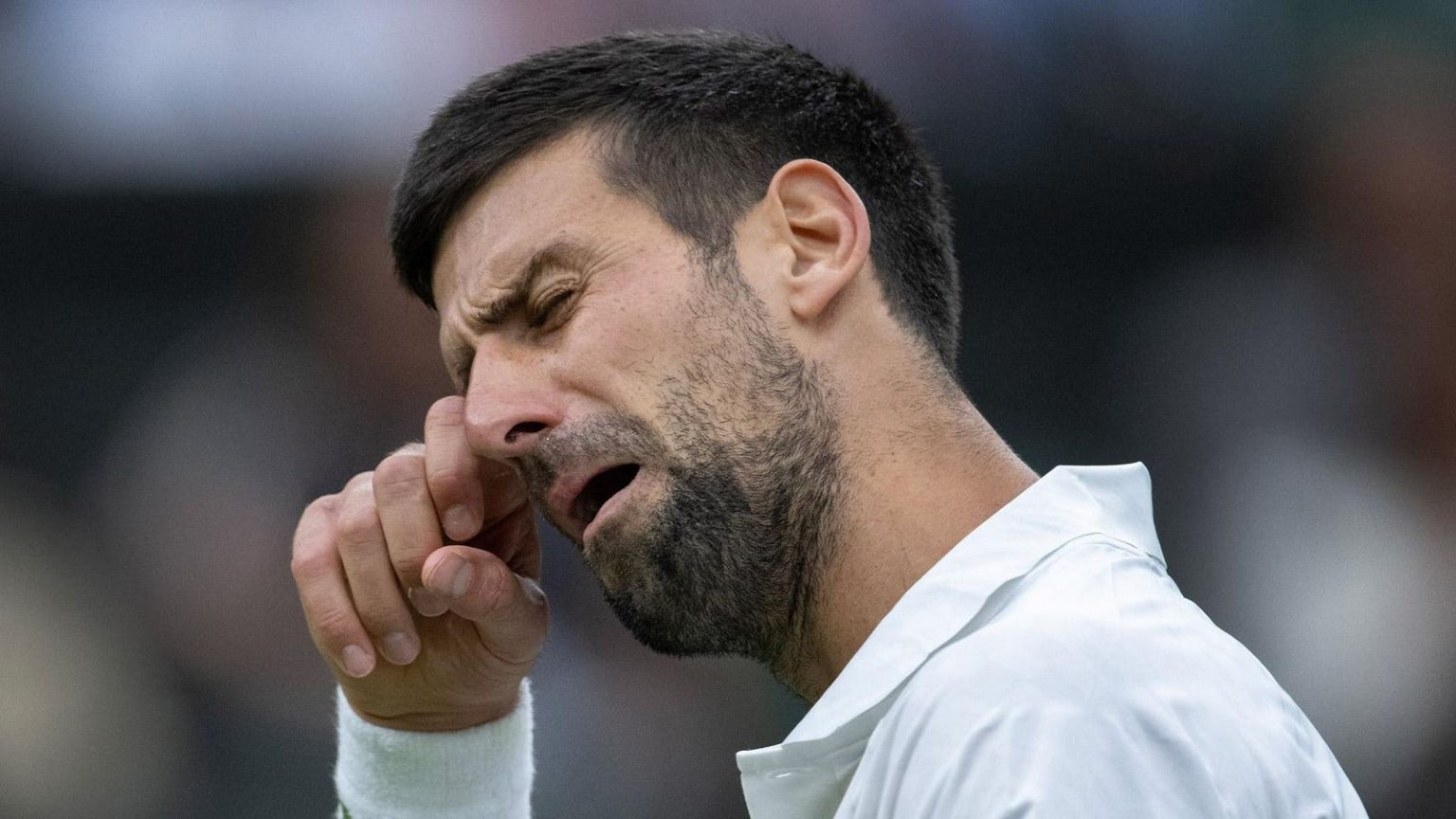Blue Owl Capital, an alternative investment giant, has adopted an unconventional marketing strategy in professional tennis, foregoing traditional high-profile player sponsorships for a more cost-effective approach: backing underdogs in marquee matches. This strategy capitalizes on the consistent television exposure afforded to all players on major courts, especially during the crucial moments before each serve when camera close-ups prominently display logos on player apparel. While superstar players command multi-million dollar endorsement deals, Blue Owl recognizes the comparable advertising value of lesser-known competitors facing top-ranked players in Grand Slam tournaments, achieving significant visibility at a fraction of the cost. This approach allows them to “follow the eyeballs” by targeting matches with high viewership, maximizing their exposure to a broad audience.
The genesis of this strategy traces back to the 2024 US Open, where Blue Owl’s initial investment of $500,000 sponsoring lower-ranked players yielded impressive results. The unexpected success of some of these sponsored players, including upsets against tennis giants like Carlos Alcaraz and Novak Djokovic, generated significant media buzz and exponentially increased the company’s brand visibility, far exceeding the typical return on investment for such sponsorships. These “lightning strike” moments underscored the potential of this unconventional approach, showcasing how backing underdogs in high-profile matches can translate into substantial media value and brand recognition.
The mechanics of this strategy involve a partnership with P11 Group, a sports marketing firm managing a “patch program” at Grand Slam tournaments. This program allows brands like Blue Owl to select players on a match-by-match basis, focusing on the most appealing matchups and avoiding long-term commitments. This flexible approach gives Blue Owl the agility to capitalize on emerging storylines and player performances throughout the tournament, optimizing their investment by targeting matches with the highest predicted viewership. The rapid turnaround of the program, with agreements often finalized within 48 hours, requires a nimble on-site operation, including seamstresses who swiftly apply and remove brand patches as needed.
This targeted sponsorship approach offers several advantages over traditional player endorsements. First, it allows Blue Owl to access premium advertising space at significantly lower cost compared to sponsoring top-ranked players. Second, it provides flexibility, allowing Blue Owl to shift their sponsorship based on evolving match dynamics and player performance. Third, it grants access to the same level of television exposure as top-tier sponsorships, leveraging the consistent camera focus on players during key moments in matches. Finally, the partnership with P11 provides additional resources, such as an on-court photographer for social media content and preferential access to coveted night matches, further enhancing the value of their investment.
The strategic focus on high-impact matches delivers both broadcast and social media visibility. While top-ranked players might offer greater reach through personal endorsements and social media presence, the on-court visibility during matches remains comparable for all players, ensuring substantial brand exposure for Blue Owl regardless of the sponsored player’s ranking. This strategy allows Blue Owl to connect with a broad audience tuned into major tennis events, maximizing their reach while maintaining cost-efficiency. The added value of P11’s photographer capturing on-court action further amplifies their social media presence, extending the reach beyond traditional broadcast channels.
Blue Owl’s approach exemplifies a shift in sports marketing, emphasizing targeted exposure over blanket endorsements. By focusing on the most-watched moments in tennis, they maximize their reach and impact while maintaining budgetary control. This strategy allows for a more agile and opportunistic approach, capitalizing on the unpredictable nature of sports and the potential for underdog victories to generate significant media attention. This model also benefits players who might not otherwise attract major sponsorships, providing them with valuable financial support and increased visibility. Blue Owl’s strategic approach could become a model for other brands seeking innovative and cost-effective ways to engage with a large sports audience.

